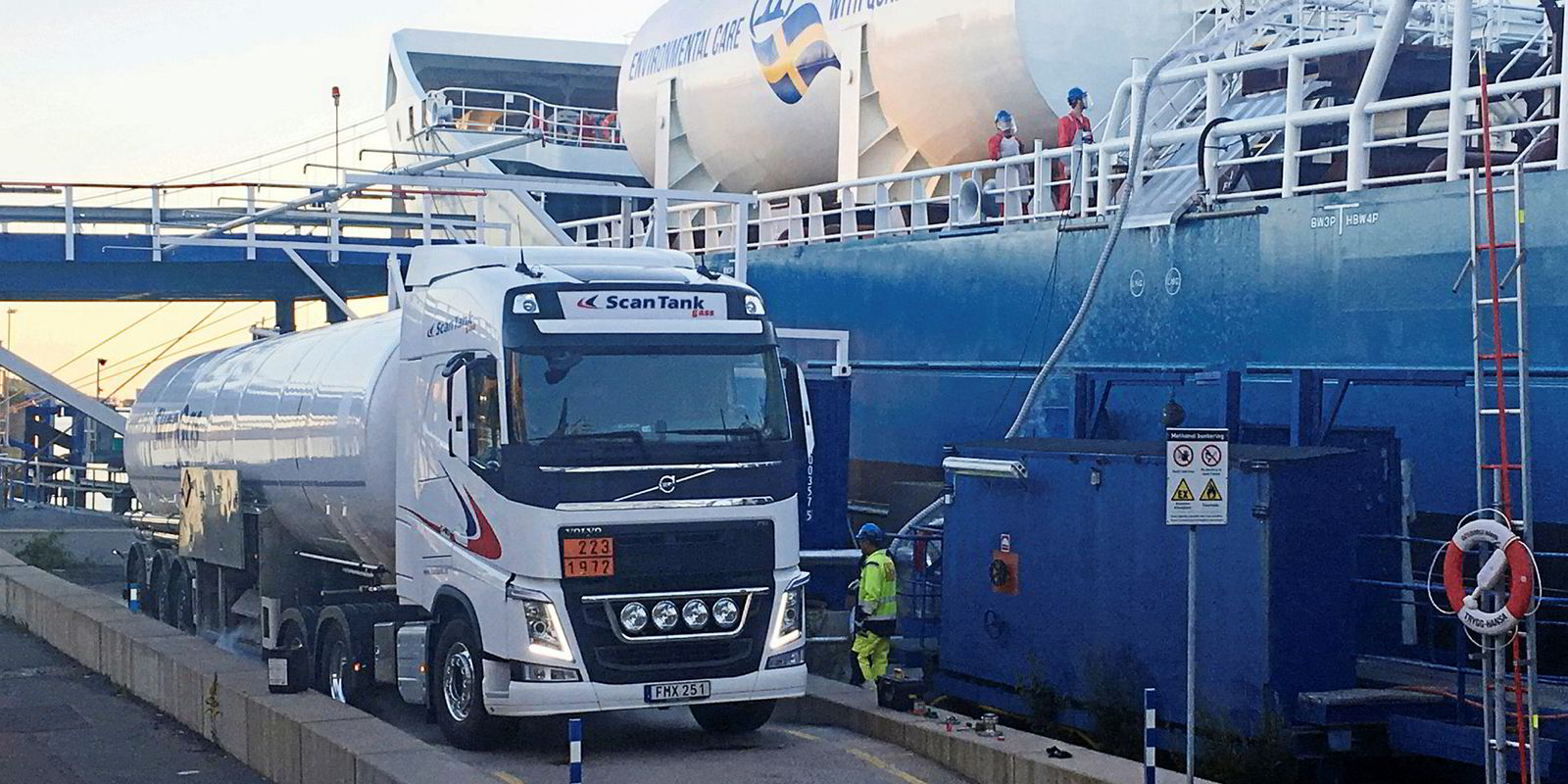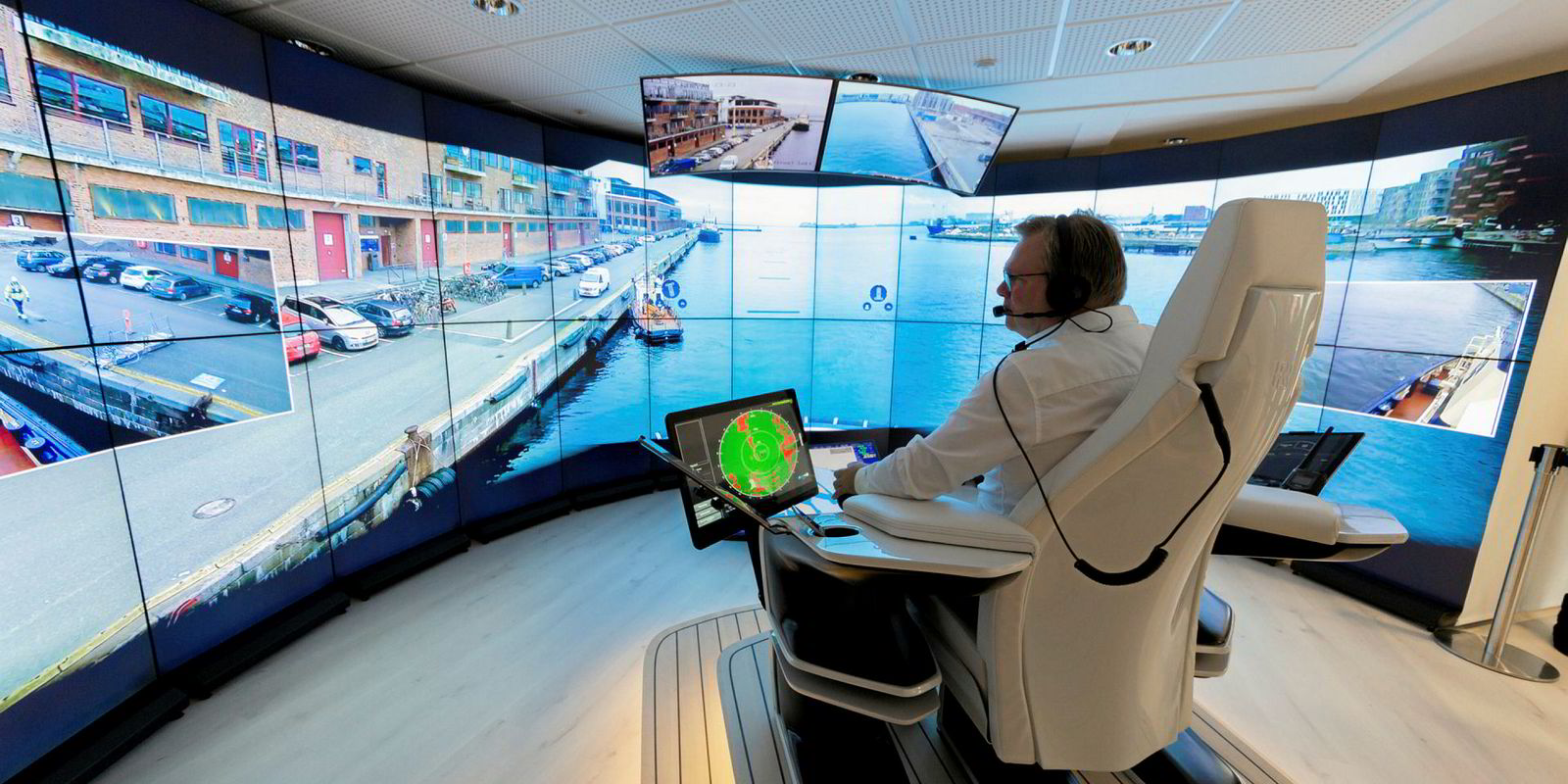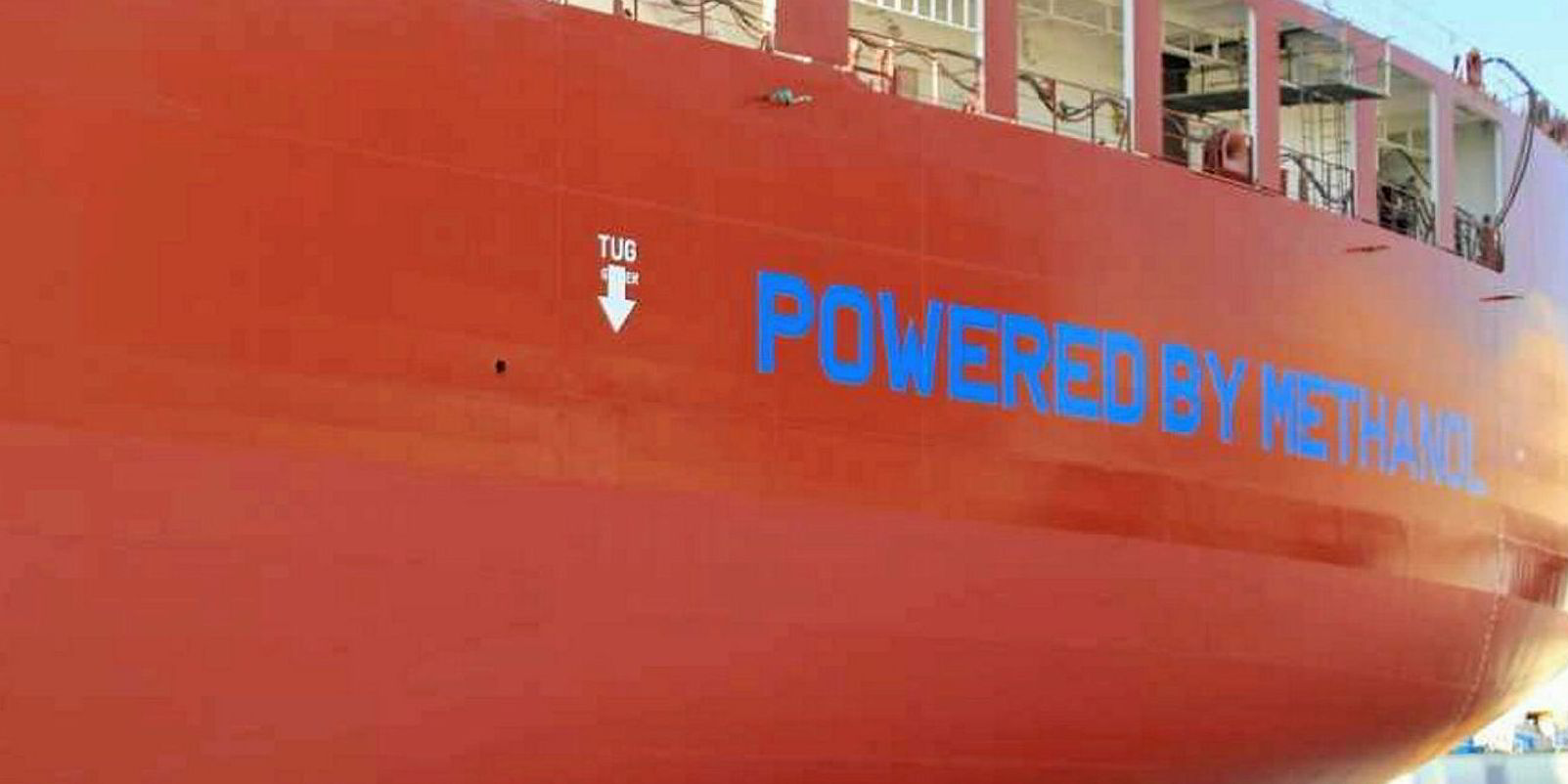Methanol is among the fuel technologies enabling the shipping industry to meet the IMO’s challenges of both the 2020 sulphur cap and 2050 halving of greenhouse gas emissions, says Chris Chatterton, chief operating officer of the Methanol Institute.
The 10,670-gt ropax Stena Germanica (built 2001) has been burning methanol since 2015 and completely since 2016, when it finalised full conversion of its four main engines as part of a carbon-displacement programme.
Far fewer emissions, reduced environmental impact and lower fuel consumption are all said to be benefits of a fuel that has tended to slip below the radar compared with LNG, operator Stena Line says.
But Chatterton says conventional methanol shares the advantages of LNG — very low sulphur and particulate-matter emissions — “without its cost, inconvenience and in-service CO2 emissions”.
Despite also being a fossil fuel, he says methanol can meet tighter emissions standards for shipping.
Jamie Smith, a senior vice president at classification society ABS, says the industry is gaining experience with methanol and other liquid fuels, which are likely to find multiple niches in offshore, shortsea, inland and coastal shipping in the medium term.
Currently, there are seven other ships beyond the Stena Germanica that are operating internationally with methanol as a fuel.
They are tankers operated by Waterfront Shipping, a subsidiary of major producer Methanex, which also has four newbuildings set to enter service next year.
Viking Cruises is also aiming to power one of its vessels with methanol.
Chatterton describes methanol as a simple, liquid fuel that can be burned in proven dual-fuel marine engines.
"The higher cost of conventional fuel expected post-2020 will not only begin to make methanol price-competitive as a marine fuel, it also de-risks the investment in newbuilds and conversions because owners can use conventional methanol for 2020 SOx compliance, then progressively blend in biomethanol as more becomes available,” Chatterton argues.
Biomethanol can be produced renewably from landfill gas, biomass or by using concentrated solar energy in a thermos-chemical reactor to re-energise CO2 into carbon monoxide (CO) to produce syngas — a mixture of CO and hydrogen.
This then feeds a methanol synthesis reactor, providing a very low or zero-carbon fuel from “well to wake”, Chatterton says.
In 2016, strategic consultancy firm E4tech completed an independent study for the Methanol Institute to identify opportunities to increase the share of methanol-derived fuels used in transport in the European Union.
The institute says E4tech concluded that biofuels can provide big reductions in greenhouse and non-greenhouse gas emissions.
The group also points to:
• Research undertaken by Lloyd’s Register and University Maritime Advisory Services for the Sustainable Shipping Initiative, which “concluded that biofuels could be the most feasible and cost-effective means of compliance for some ship types”.
• The recently concluded Sustainable Marine Methanol project, which “backed the increased use of methanol as a marine fuel, concluding that there are no obstacles to its use in a converted diesel engine”.
• The MethaShip project under the auspices of the research and development department at Germany’s Meyer Werft in partnership with German compatriot Flensburger Schiffbau-Gesellschaft and Lloyd’s Register, which has examined prospects for a methanol-powered cruiseship and ropax ferries.
Recently, the IMO asked the International Organization for Standardization to develop a standard for methanol to assure owners and operators of uniformity at ports.
Amendments to the IMO’s International Code of Safety for Ships using Gases or Other Low-Flashpoint Fuels, which are scheduled soon, will complete the regulatory picture beyond the existing classification society guidance, the Methanol Institute adds.
"The ambitious goals for carbon emission reductions set by the IMO have prompted a surge of interest in the investment, research and development needed to produce the low-carbon fuels that will power shipping into the second half of the 20th century," Chatterton says.
“It is clear that meeting an average 70% efficiency improvement across the fleet and a CO2 reduction by the sector of at least 50% by 2050 set by the IMO can only be achieved with the development of genuine zero-CO2 fuels."
But he says such a change will make the 2020 sulphur cap look like a “small bump in the road”.
"The industry is going to need cooperation between shipbuilders, engine manufacturers and classification societies, with research into new propulsion systems facilitated by governments within an IMO framework,” Chatterton says.






